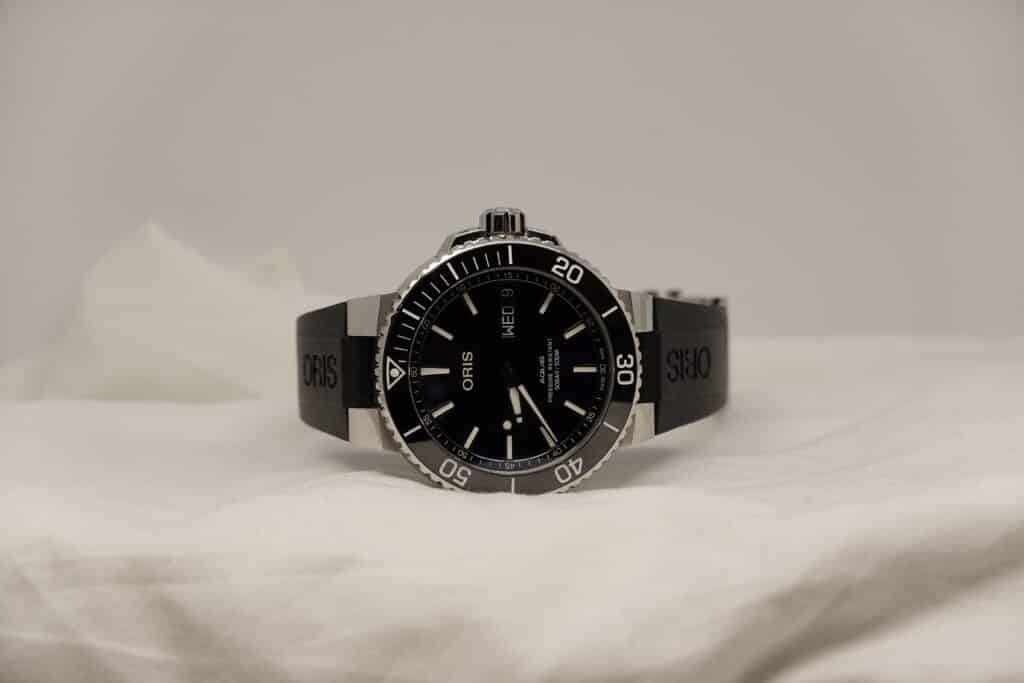Luxury sets out to conquer male customers

The big luxury players want to conquer the men’s market, the most promising segment of the sector, and take their share of explosive Asian demand. While watches and chronographs have long remained the main male emblems, manufacturers want to capture the new appetite of customers who have become sensitive to the cut of a suit, the finish of a bag or the patina of a shoe.
Men’s luxury, which represents 40% of a global market estimated at 180 billion euros, has posted since 2009, according to estimates by Bain & Co, an average annual growth rate of 14%, almost double that of luxury female (+ 8%). “The personal goods market (excluding cars or travel) remains underdeveloped compared to that of women. There is therefore a catching-up, with a very, very important growth potential, in all categories of products”, comments Jean-Marc Bellaïche partner of the Boston Consulting Group.
The woman is guided by ” envie “, the man by savoir-faire and technology
Know-how is one of the keys to entering this market and brands have understood this, focusing their offer on this theme combining history and manufacturing. At Hermès, where the male universe has always been very present, the first store dedicated to men, opened 2 years ago in New York, is experiencing a growth rate higher than that of the brand in the USA. Men’s ready-to-wear weighs as much as women’s in the group’s C.A. Also targeting extreme luxury, it offers tailor-made clothing in Paris, New York, but also in China and Japan.
The big names in the sector like LVMH (Louis Vuitton, Céline, Bulgari) and Kering (Gucci, Yves Saint Laurent, Bottega Veneta) have understood this well.
LVMH and Kering want to create their first global high-end fashion exclusively for men. LVMH has decided, for the first time, to invest in Berluti, an existing brand in its portfolio. The shoe maker, famous for its colorful patinas and tailor-made models at 4,000 euros, wants to offer its customers the entire contemporary wardrobe. With a turnover estimated at 50 million euros by analysts, the brand aims to increase its sales tenfold. Berluti, who in 2011 debauched Alessandro Sartori, DA of Ermenegildo Zegna, the leader in men’s fashion, will present his first ready-to-wear collection during the parades in January 2012. By acquiring the Roman house Brioni, famous for its tailor-made tailors at 5,000 euros, PPR wants to take advantage of the prestige of a brand whose size remains modest – 170 million turnover – to make it a global brand, with a range of accessories and a wider range of ready-to-wear sportswear.
Men’s luxury sets out to conquer China
China and its reservoir of consumers are attracting all attention. Because men account for nearly 3/4 of this market valued at 23 billion euros (60% of which is made outside the territory) and whose growth reaches 25% per year. “At this incredible rate, Chinese consumers should ultimately account for 70% of global growth in luxury,” according to Bernard Malek, partner of the Roland Berger firm. CLSA Asia Pacific analysts estimate that “Greater China” (along with Hong Kong, Macao and Taiwan) should represent no less than 44% of the world market by 2020, compared to 17% today.
To conquer Asia, Berluti like Brioni will need the financial strength of their parent companies, because investments will have to be high to compete with the heavyweights already established. “Notoriety is a key element of success because Chinese customers buy what they know,” said Jason Ding, partner of Roland Berger, in Beijing. Ermenegildo Zegna was close to the billion euros of C.A in 2010 and made almost half of its sales in Asia, where he was a pioneer. The English Burberry and Dunhill (Richemont group), the Italian Armani and the German Hugo Boss are also serious competitors. With Zegna, these brands are, according to Bain, the 5 favorites of Chinese consumers.
“The men’s market has hitherto been dominated by brands specialized by category (clothing, shoes, watches). It is becoming more competitive with the emergence of generalist players”, underlines Joëlle de Montgolfier, research director of the European luxury division of Bain & Co. Mature markets, due to their weight in global men’s luxury goods, continue to hold significant growth potential but can prove to be fragile. “They are more sensitive to the economic environment. In the event of a hard blow, customers can drastically cut their spending,” notes Joëlle de Montgolfier. So far, luxury demand has withstood the ups and downs of the global economy, the sovereign debt crisis in Europe and the plunge in the markets. But for 2012, analysts are more cautious and revised their growth forecasts downwards.


Responses